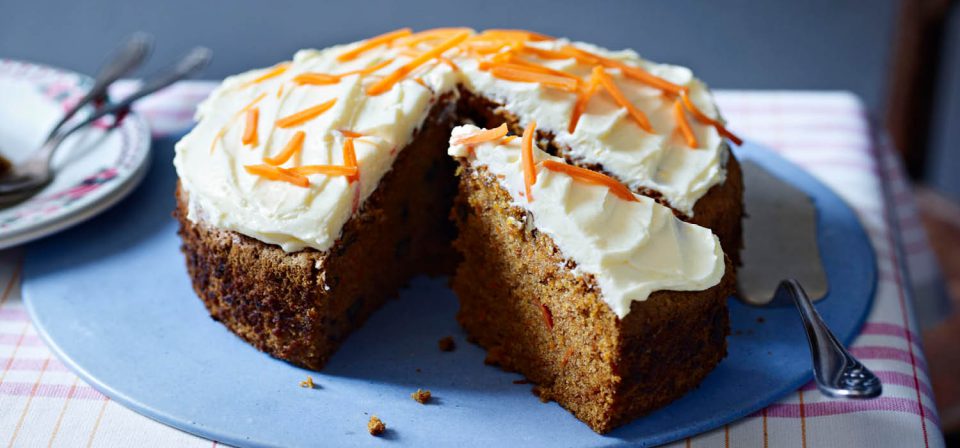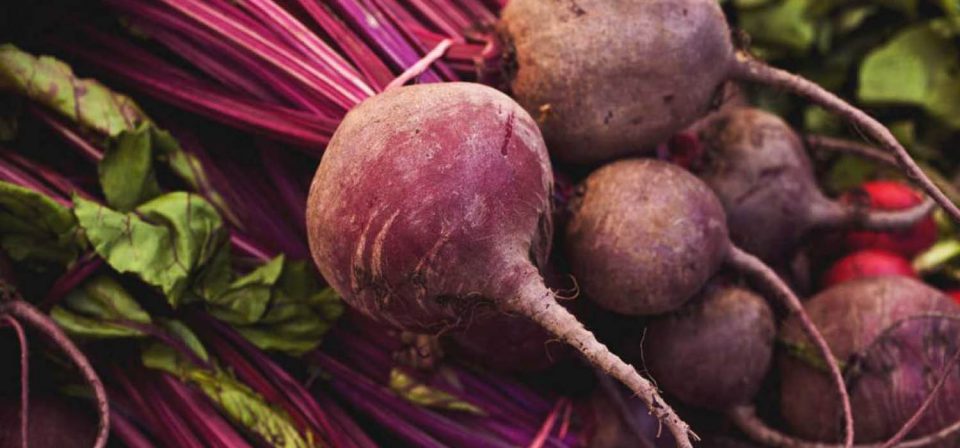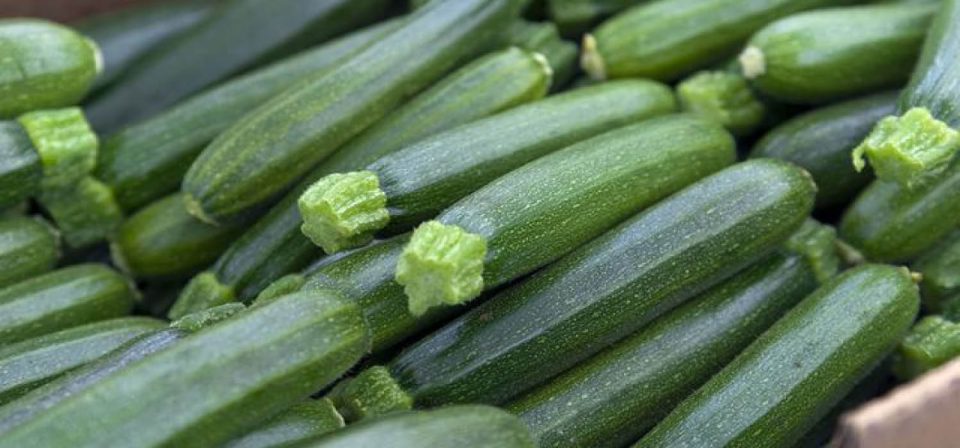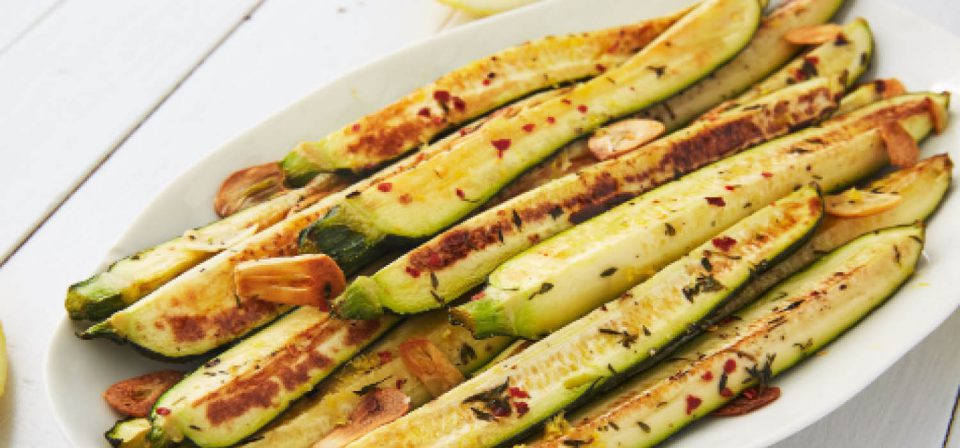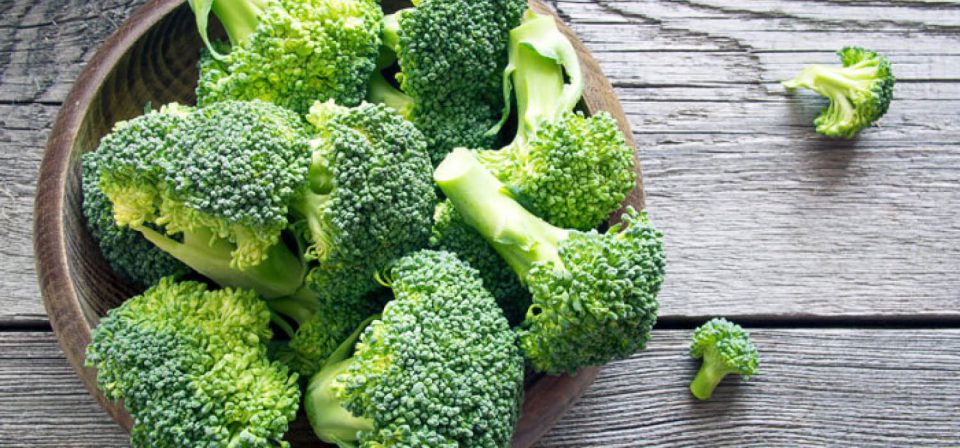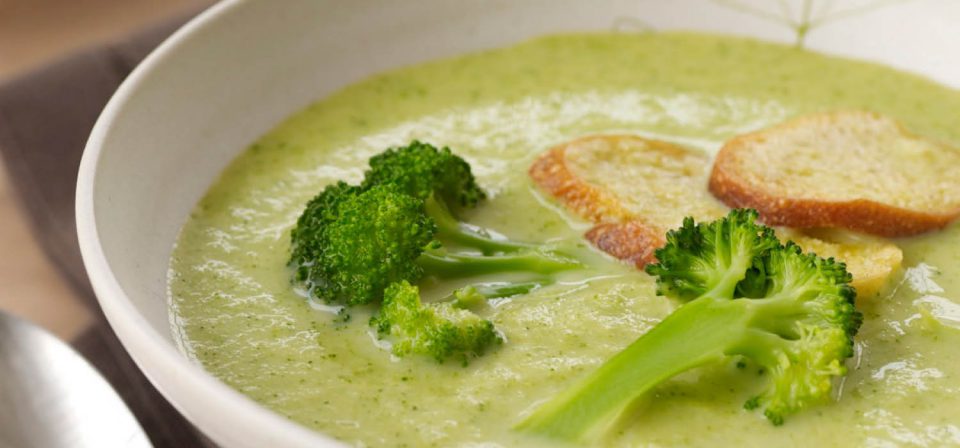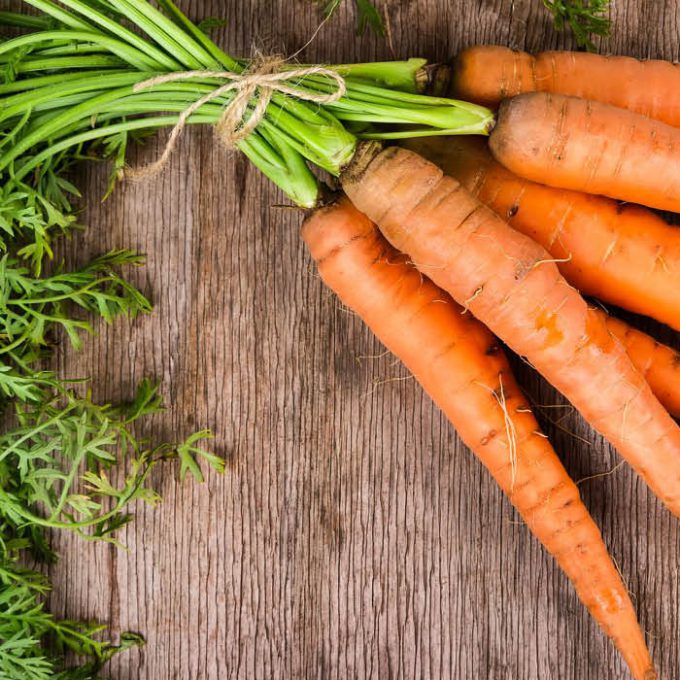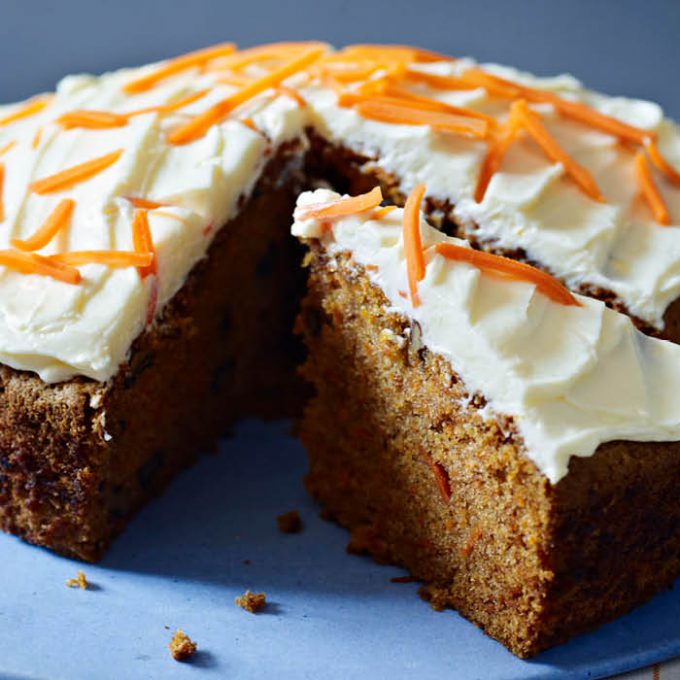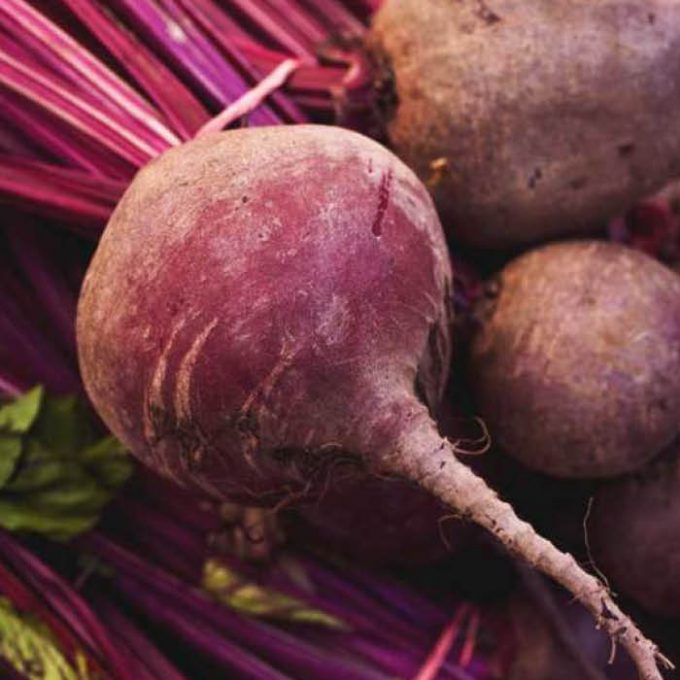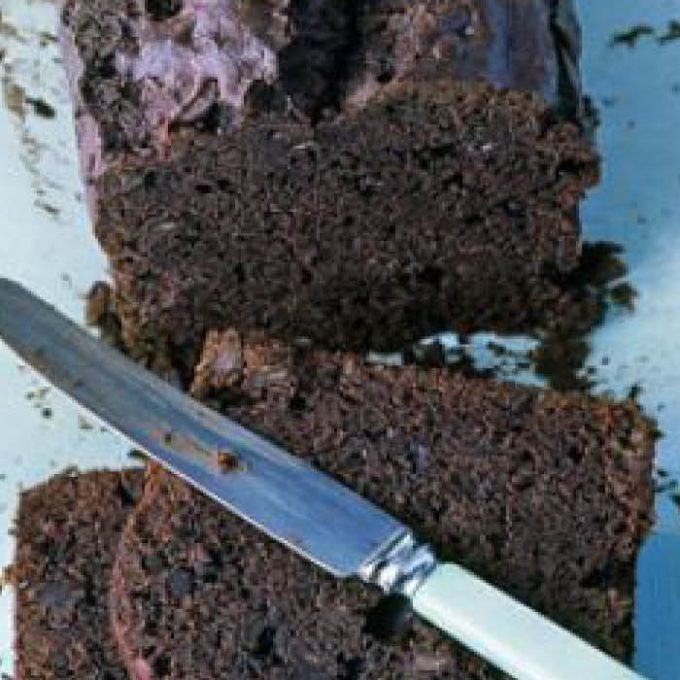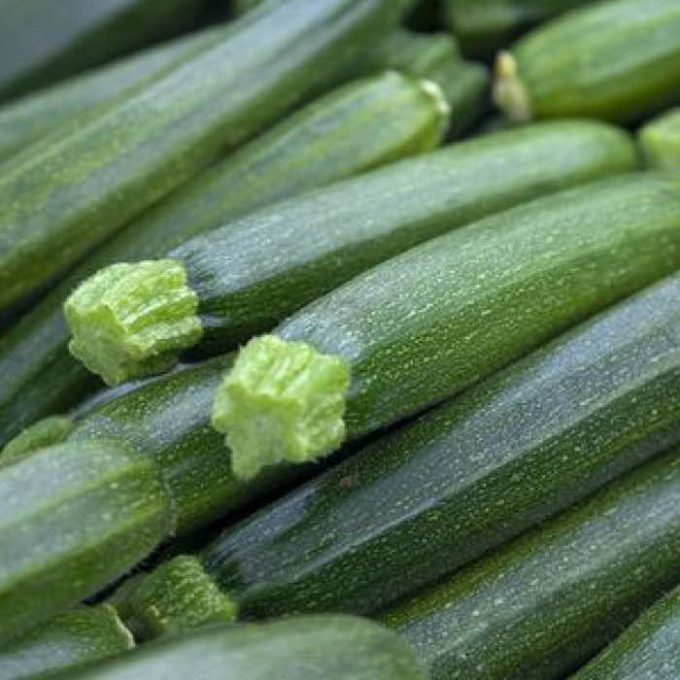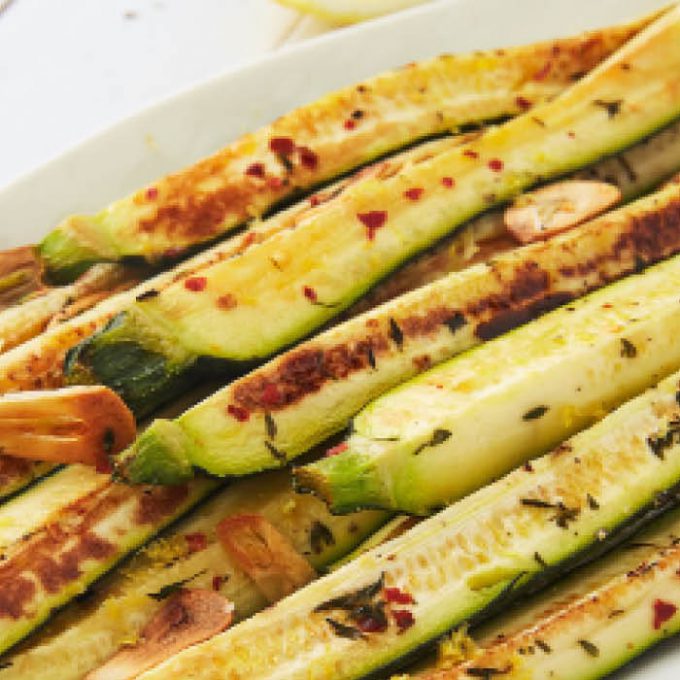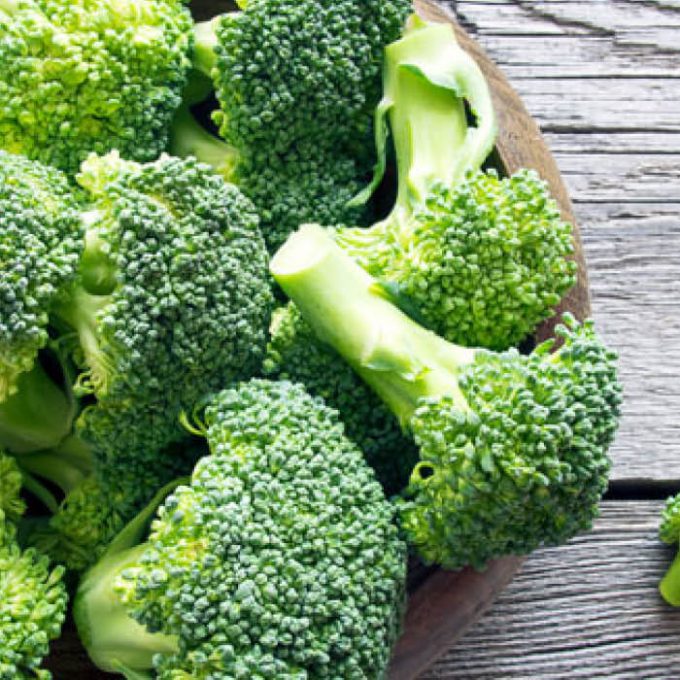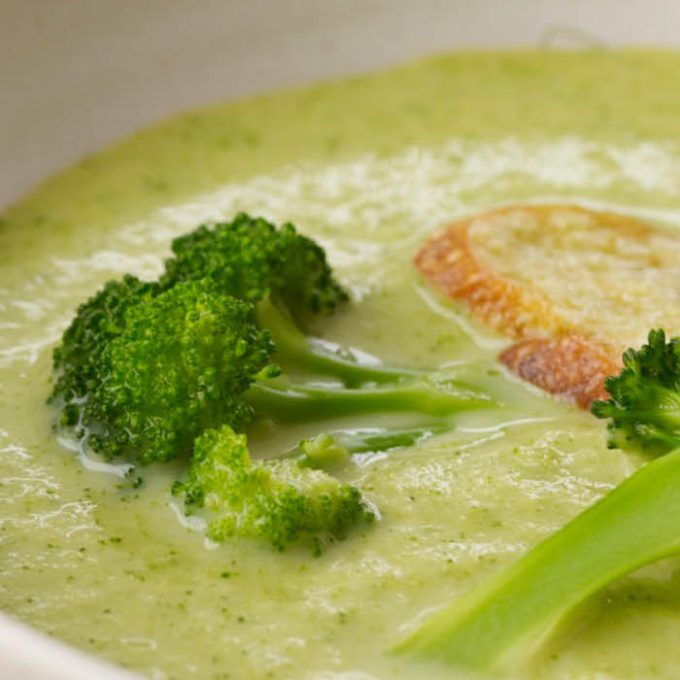Our brief guide to getting you started on the home grown revolution!
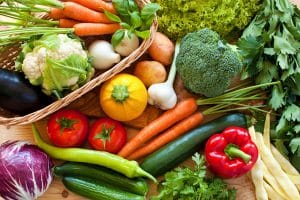
Nothing beats the satisfaction you can get from growing your own fruit, vegetables and herbs.
More and more people are interested in growing their own produce. It is an opportunity to get back to nature, be more in control of the food we eat, knowing its provenance and being able to eat it in its rawest and freshest form, so the nutritional value is at its highest and tastiest. And of course, growing your own can be great fun.
Environmentally, growing your own means less food miles and much less waste and no plastic packaging which is all better for the planet and it can also mean less trips to the supermarket which is good for our pressed pockets too!
Where to begin…
Think about the fruits and vegetables you regularly buy and the herbs you usually use in your cooking and start to make a plan of what you would like to grow from there.
Most fruits and vegetables have a natural season, that is when they will grow and ripen to be their best for picking, so this means a bit of planning ahead will be needed to plant them in at the best time. However, spring generally is a great time to get started.
You don’t have to have a dedicated allotment plot to grow your own, you can section of a small spot in your back garden or put in a couple of raised beds or buy containers that you can put on a balcony or patio – many vegetables and fruits can be grown in the latter.
You can grow your own from seed or from young plants. Growing your own from seed is a low cost and rewarding way to start your own crops, however, if you feel daunted by that or want a quicker and easier option, then we have a large range of pack-and-pot vegetables and herbs, fruit trees and soft fruit bushes ready to just plant and grow!
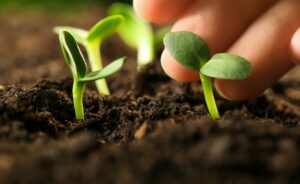

Whichever way you choose, here’s a few pointers to help guide you.
What you will need…
- A spot in your garden that is in a position of good sunlight and/or suitable pots, troughs or containers.
- Growing medium – either Peat-free multi-purpose compost; Gro-bag or container compost; or seed and cutting compost (when seed sowing)
- Seeds and/or young plants, fruit trees or soft fruit bushes
- Fork and trowel
- General-purpose liquid fertiliser
Preparation and planting …
- Get the soil ready – if planting outside into a patch or bed, break up the soil surface with a fork and mix with compost. If using a container, fill half way with compost.
- Now you’re ready to plant, follow the pack instructions – whether that is for seeds or young plants. Be mindful that there are no residual frosts at this time of year. If frost is forecast or likely, cover the plants with horticultural fleece or move pots to a warm, sheltered spot. If in any doubt, sow seeds into trays of seed and potting compost (this has lower nutrient levels to prevent burning the seedling’s roots) and place on a well-lit windowsill before pricking out later in March.
- After about 6 weeks, give your plants a little feed to help them grow stronger. Feeds such as Miracle Gro All Purpose, Vitax Q4, or Fruit & Vegetable organic granular food. Repeat every 2 weeks until harvest.
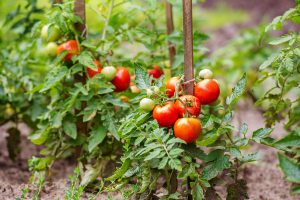

Ripe tomatoes growing on the branches – cultivated in the garden
Top 5 Easiest Vegetables to grow:
- Bell peppers
- Radishes
- Leaf lettuce
- Peas
- Tomatoes
Top Tips: Don’t forget flowers – marigolds planted in amongst vegetables can help ward off pests and attract beneficial insects.
Nasturtiums are edible, so the flowers not only look pretty in your plot, but they are great in salads too!
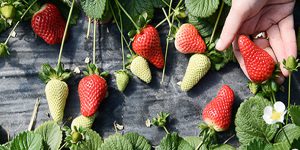

Top 5 Easiest Fruits to grow:
- Strawberries
- Blackberries
- Blueberries
- Blackcurrants
- Figs
Top Tips: To encourage faster growth, ensure your plants receive good sunlight, proper watering and nutrient-rich soil.
We are sure that you will eat all of your fruit, but if you have an abundance, then freezing is a great way to preserve them. Freeze when ripe at peak quality. Place the fruit in a single layer on a lined baking sheet and freeze for 2-3 hours – then take them out and seal in an airtight container. Pre-freezing prevents the fruit from sticking together.
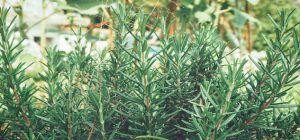

Rosemary can be planted into the garden or a container
Top 5 Easiest Herbs to grow:
- Mint
- Rosemary
- Thyme
- Chives
- Parsley
Top Tips: Water regularly, especially when they have just been planted.
Herbs love to be cut! Harvest them regularly during the growing season, once the plant has enough foliage to maintain continued growth. Most herbs are harvested from the top or outsides of the plant. Parsley can also be harvested from the bottom of the stem. Cut sprigs of herbs above a leaf cluster. Doing this will produce a fuller, more productive plant.
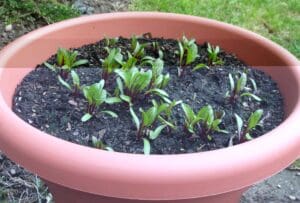

Beetroot growing in a pot
Top 5 Vegetables to grow in Containers:
- Beetroot
- Carrots
- Salad Leaves & Lettuces (mini varieties – Little Gem/Tom thumb)
- Salad Onions
- Spinach
Top Tips: Drying out is a common problem with container growing, so ensure regular watering
Choose a suitably large container/pot to allow for plant growth and reduce nutrient deficiency
Visit us at our plant stores, Coolings The Gardener’s Garden Centre, Wych Cross or Potted Garden and ask the advice of our experts, who will only be too happy to help get you started.
Courgette
Courgette, or Zucchini as it’s known in other parts of the world such as Australia, can be planted in May after the last frosts.
In England a courgette that can grow to nearly a metre in length is harvested at half or less than this size, as a fully grown courgette is called a marrow. We use grated courgettes in our cakes, such as courgette and chocolate cake, and lime and courgette loaf cake. Courgettes are low in calories.
Broccoli
Broccoli is an edible green plant in the cabbage family. It’s large flower head is eaten as a vegetable. Broccoli is one of the healthiest green vegetables, rich in dietary fibre, minerals, vitamins and anitoxidants, which have proven health benefits. It’s also versatile, inexpensive and tastes great. Broccoli can be used as a handy snack, in soups and in salads. We use broccoli and its stalks in our Broccoli soup, and to complement our Sunday roasts.
For a selection of ready to plant vegetables check out our ‘Grown your Own’ range. Now is the time to sow vegetable crops from seed, we have a wide range available from Suttons and Thompson and Morgan.






